Maintaining correct tire inflation pressure is very important since it helps optimize tire performance and fuel economy while over-inflated tires are just as problematic as under-inflated ones.
In fact, driving with under-inflated tires is one of the biggest causes of tire failure, according to the National Highway Traffic Safety Administration.
Besides, under-inflated tires can cause many other problems such as wearing out more rapidly, handling poorly and reducing fuel efficiency.
In addition, over-inflated tires are more susceptible to damage from road irregularities, and this also creates a bumpier ride.
Overfilling your tires is just as dangerous as under-filling them, so it’s important you know what is recommended for your vehicle.
This article will give you everything that you need know about your recommended tire pressure. These include:
Buy Pressure Gauge at Amazon
Recommended tire pressure, where to find it?Since tire pressure is so important to your safety and your car’s overall performance, it is important to know which level of tire pressure is right for your vehicle.
In fact, how much air pressure your tires need depends on several factors, including the type of vehicle, the type of tire and the intended use of the vehicle etc.
Air pressure in tires is measured in pounds per square inch or PSI. You can find your tire pressure both inside your car and on the sidewall of the tire.
How to find recommended tire pressure inside your carYou could find the manufacturer’s optimum or recommended tire pressure for your car on a sticker in the door jam, or in your owner’s manual. Some car models even place the stickers on the trunk lid, in the console or on the fuel door. For best results, look for a placard on the inside of the driver’s door, like the example in the photo below.
How to find maximum tire pressure on the sidewall of your tiresSomewhere on the sidewall of your tire, just below the big, bold letters of the manufacturer, for example, you might have noticed the words ‘Max.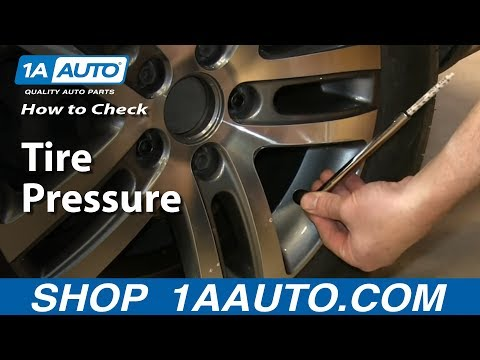 Press. 35 PSI.’ (pounds per square inch).
Press. 35 PSI.’ (pounds per square inch).
That number tells you the maximum cold pressure needed for your tire to carry its maximum load.
Most typical tires require about 32 to 35 pounds per square inch (PSI) of air, says Rod Tate, owner of highly rated Colony One Auto Center in Stafford, Texas.
Large trucks require much larger tires with PSIs of 50 to 60. Heavy-duty vehicles can go even higher. For example, tire in the picture below requires 41 pounds per square inch of air.
However, the tire’s maximum pressure is NOT necessarily the most suitable pressure for every vehicle upon which the tire can be used (almost all vehicle manufacturers’ recommended tire inflation pressures are less than the tires’ maximum pressure).
You really should follow the recommended pressure printed somewhere inside your car or in the manual rather than the maximum pressure. In the next section, I will explain why.
Buy Pressure Gauge at Amazon
Why is maximum tire pressure not the best?If you insist on inflating your tires to the max PSI, there will be more likely that two things below will happen
Since tires inflated to the max cannot give as much on the sidewall, you might see superior cornering, but it could be at the risk of your braking threshold. One quick corner and your back end could slide out.
One quick corner and your back end could slide out.
When your tires are inflated too much, the rubber rounds out at the top of the tire when you are driving, and the center will quickly wear out. You will also reduce your traction and you could even cause a blowout.
Therefore, maximum pressure is not the best, rather, recommended pressure is. I need to repeat here that the pressure listed on the sidewall is a maximum pressure only, but not a recommended pressure. Instead, you should use the air pressure recommended in the vehicle’s owner’s manual or tire information placard label.
How to check your tires pressure?Therefore, maximum pressure is not the best, rather, recommended pressure is. I need to repeat here that the pressure listed on the sidewall is a maximum pressure only, but not a recommended pressure.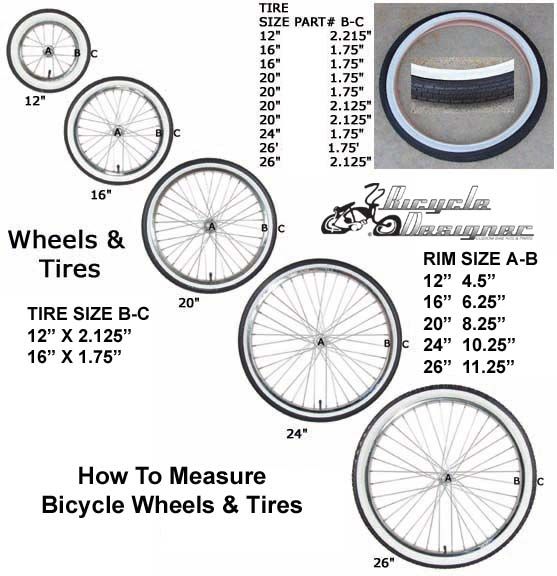 Instead, you should use the air pressure recommended in the vehicle’s owner’s manual or tire information placard label.
Instead, you should use the air pressure recommended in the vehicle’s owner’s manual or tire information placard label.
After knowing the most appropriate pressure for your car tires, you should check whether your tires have such pressure. In addition, checking the pressure of your tires regularly is one of the most important – and most often overlooked – regular maintenance that you should do to ensure your safety and quality of your driving. Monitoring the amount of air in your tires will let you know if you have a small leak and can help you avoid an unexpected flat tire.
Frequently checking your PSI becomes even more important in the fall and winter, when outside temperatures drop and weather conditions fluctuate causing your tires to lose air more quickly. Generally speaking, your tire will gain or lose one PSI for every 10-degree change in temperature, which means if you have a sudden drop of 30 degrees, you could lose three PSI overnight. If your tires were already low, this could cause tire damage, steering problems or even a flat tire.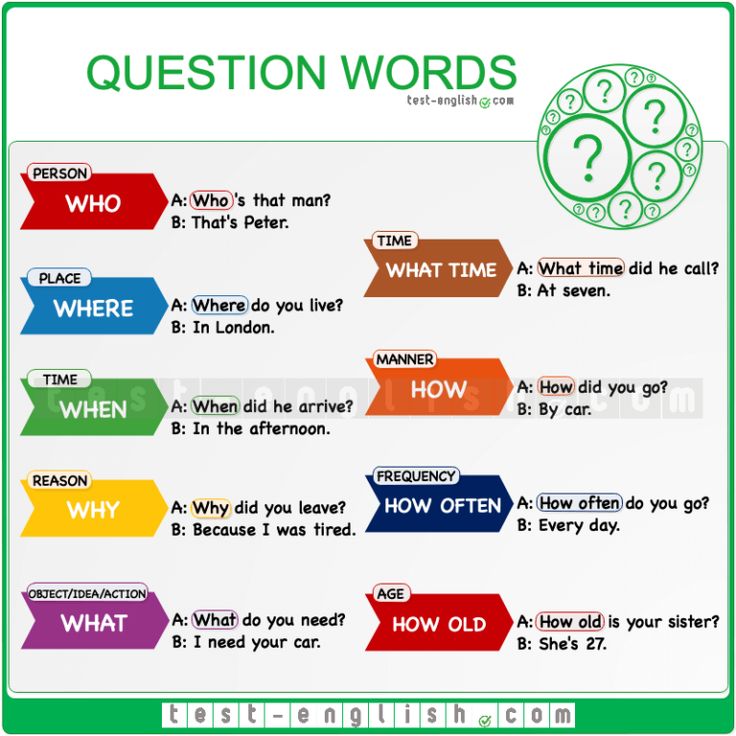
Some experts recommend that you should check the air pressure every time you refuel; others say once a month is sufficient.
How to check tire pressure properly? Checking tire pressure is easy. You can do it right at home or at the gas station. Just be sure you check the pressure when your tires are cold, or have not been driven in several hours. This will give you the most accurate reading.
The most important piece of equipment you need is an accurate tire pressure gauge. You can find battery-operated digital gauges, or more traditional stick-type gauge found at most gas stations. A good gauge should not set you back more than $15 – a worthwhile investment for a longer life for your tires.
Buy Pressure Gauge at Amazon
Make sure you have your manufacturer’s PSI handy when you are checking your tire pressure, and then follow these steps:

By checking tire pressure once a month, you will get a good idea how they are performing. If your tires are fairly new and continue to leak air, you should consult your dealer or mechanic. You may have a faulty valve or other damage that is difficult to detect which could unfortunately result in the need to replace the tires completely.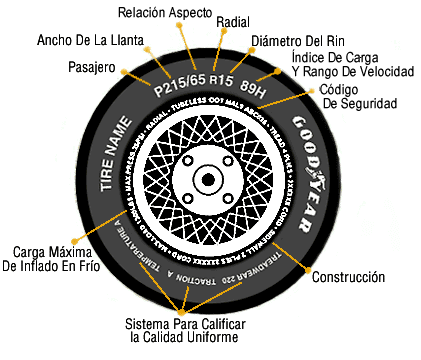 But with proactive maintenance, you could catch an issue before it becomes a problem, and just end up needing a small repair.
But with proactive maintenance, you could catch an issue before it becomes a problem, and just end up needing a small repair.
Often, it is hard to spot an under-inflated tire until it is too late – in other words, it is completely flat. Of course, you could carry a gauge around at all times to measure the pressure, but that is not exactly convenient. Instead, watch for these signs and symptoms of tires that are under-inflated.
When your tires are under-inflated, your ride can be less smooth than usual. You may even find that it takes longer to brake.
When a tire is not inflated properly, it wears down more quickly. If you notice that one or all of your tires are wearing out faster than usual, it may be because they are under-inflated.
Tires that are under-inflated can make your vehicle quiver and shake, which is not a pleasant driving experience. Under-inflation can even cause tires to become misaligned, with comes with it is own variety of problems.
Under-inflation can even cause tires to become misaligned, with comes with it is own variety of problems.
These are all things that you need to know about recommended pressures of your car tires. After reading this article, you will never confuse about the right pressure of your tires and will know how to check it.
Please share your ideas with me if you have other tips for this.
The recommended tire pressure is the pressure established by the manufacturer of your car as the optimal air pressure for your tires. Running your tires at the correct pressure is important because it keeps you safe, cuts down your gas bill, and makes your tires last longer. Each vehicle has its own specifications for tire pressure, but most fall between 28 and 36 PSI (pounds per square inch).
Be careful not to confuse the recommended pressure with the maximum pressure. The recommended pressure is the one you should use when filling your tires, and, as explained above, you can find on your doorjamb or in your owner’s manual. The maximum pressure, on the other hand, is usually stated on the sidewall of the tire itself in small print near the tire’s bead (where the rubber abuts the rim). This measurement is provided by the tire manufacturer rather than the car manufacturer and is the maximum amount of pressure the tire can safely withstand.
The recommended pressure is the one you should use when filling your tires, and, as explained above, you can find on your doorjamb or in your owner’s manual. The maximum pressure, on the other hand, is usually stated on the sidewall of the tire itself in small print near the tire’s bead (where the rubber abuts the rim). This measurement is provided by the tire manufacturer rather than the car manufacturer and is the maximum amount of pressure the tire can safely withstand.
Your tires’ max PSI almost always exceeds the recommended pressure. It isn’t advisable to fill your tire to this pressure for everyday driving. At max PSI, your car does not handle as well, braking is impaired, and you could risk dangerous blowouts. Over-inflation can also cause the center of your tire’s tread to wear out prematurely and reduce the lifespan of your tires. You may want to use the max pressure on a temporary basis if you are hauling especially heavy load or towing something.
Most manufacturers do not state a minimum tire pressure, per se. The recommended value is the amount of air that a tire needs for a car to handle properly and safely, and anything under that value is not recommended, so functionally the optimal value is also the minimum. Under U.S. law, vehicles are required to be equipped with tire pressure monitoring systems (TPMS) that warn the driver when tire pressure falls below 25 percent of the recommended PSI. This is considered severe under-inflation, but less drastic pressure drops are still considered moderate or mild under-inflation, and they and can still have negative consequences.
If your tires are inflated to a pressure that is below the recommended PSI (as shown in the manual or on the driver’s side doorjamb), your car will not operate safely. Under-inflation can cause the tire to heat up excessively, which can make the tread pull away from the body of the tire.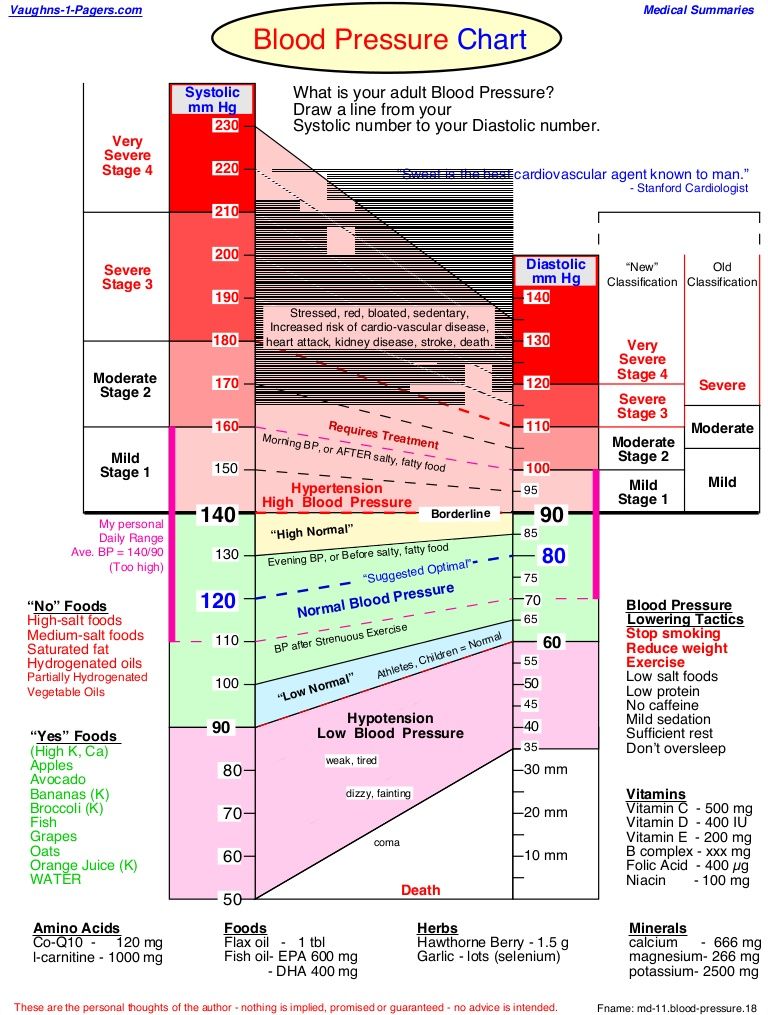 If this happens on the highway, it could lead to a blowout and a serious accident. There are also financial reasons for making sure your tires aren’t under-inflated. A low tire has more rolling resistance, which means the car has to work harder to move down the highway and consumes more fuel. Well-inflated tires are going to save you money at the pumps. Low tires also wear more quickly and unevenly, so you will have to replace them more often.
If this happens on the highway, it could lead to a blowout and a serious accident. There are also financial reasons for making sure your tires aren’t under-inflated. A low tire has more rolling resistance, which means the car has to work harder to move down the highway and consumes more fuel. Well-inflated tires are going to save you money at the pumps. Low tires also wear more quickly and unevenly, so you will have to replace them more often.
A tire pressure monitoring system (TPMS) uses either a direct sensor inside your valve stem or a combination of both software and other existing sensors in your vehicle to let you know when your tire pressure is outside of a safe range of pressures. If the pressure falls below the legally specified limit (25% of recommended pressure) an indicator light shaped like the letter U with an exclamation point inside it (representing the cross-section of a tire) will light up on the dashboard. When you see this TPMS light on you should immediately check your tire pressure and make any necessary adjustments.
When you see this TPMS light on you should immediately check your tire pressure and make any necessary adjustments.
If you have further questions about tire pressure or any other aspects of your tires, find your nearest tire dealer to get some advice.
If you study the requirements for a car wheel, you can distinguish only two groups: those that you have to pay attention to only once (when buying) and those that need to be monitored constantly. Among the latter, there is such a criterion as tire pressure.
At the initial stage, the tire acquires the necessary rigidity due to the correct proportions of the components in the rubber. But you can start using it only by pumping in the necessary amount of air, which creates internal resistance. The force with which it acts on the tire is the pressure in it. nine0003
Service technician measures tire pressure
The most common units of measurement are bar (Russia) and PSI (Europe and USA). In the first case, pressure is measured in atmospheres or kilograms per cm². And the second uses the ratio of pounds per square inch. Converting PSI to bars is easy: just divide the value by 14.5 (or do the opposite if you need to convert bars to PSI).
In the first case, pressure is measured in atmospheres or kilograms per cm². And the second uses the ratio of pounds per square inch. Converting PSI to bars is easy: just divide the value by 14.5 (or do the opposite if you need to convert bars to PSI).
A number of important characteristics depend on whether the wheels are properly inflated.
Handling . The easiest way to understand that the tire pressure is incorrect is to follow the behavior of the car. A stiffer ride than usual, when every bump and pit is felt, and low brake sensitivity indicate that the wheels are overinflated. A decrease in reaction to gas and steering turns signal a lack of air in the cylinders.
Tire wear . Incorrectly set pressure leaves a mark on the tread. An overinflated wheel touches the road only in the central part instead of the entire tire area, therefore, over time, it turns out to be worn out in the middle. And the deflated, on the contrary, rests on the canvas with its edges, which are the first to surrender. In both cases, the tires will have to be changed ahead of schedule.
And the deflated, on the contrary, rests on the canvas with its edges, which are the first to surrender. In both cases, the tires will have to be changed ahead of schedule.
What wear looks like at low, high and optimal tire pressure
Fuel consumption . It happens that tires are pumped intentionally in order to reduce gas mileage. And in this case, it really falls. But this method can hardly be called economical: an extra tank per year will not pay for the premature replacement of rubber. Lowered tires will hit the budget even harder - in addition to tire wear time, the number of visits to gas stations will also increase.
The main difficulty in controlling the pressure in the wheels is due to the fact that there is no single standard for all wheels and cars. This variable is affected by several conditions. nine0003
Vehicle type and model . If you remember that the tires must provide sufficient resistance to the weight of the car, it becomes clear that the pressure in the wheels of a small car and a crossover cannot be the same, even if you can put wheels of the same diameter on them - these cars have different weights. Therefore, do not take as a starting point the recommendations indicated on the tires themselves. And because of the differences in the production standards of automakers and body sizes of the same class, it is important to know the recommendations for a particular model. Usually this information is placed in the driver's door opening or on the gas tank cap from the inside. nine0003
Therefore, do not take as a starting point the recommendations indicated on the tires themselves. And because of the differences in the production standards of automakers and body sizes of the same class, it is important to know the recommendations for a particular model. Usually this information is placed in the driver's door opening or on the gas tank cap from the inside. nine0003
Wheel diameter . In those cheat sheets that were mentioned above, most likely there will be several values - one for each recommended wheel size with a different disk radius. It's all about the size of the balloon.
Example of a manufacturer's recommendation label
Season . As hot air expands and cold air compresses, the tire pressure also changes. Therefore, in winter, the wheels will have to be pumped up by 0.2-0.3 atmospheres more - you can more accurately navigate by the temperature difference: for every 10 degrees there is about 0.1 bar. nine0003
Road surface . It is almost impossible to guess which particular road you will have to go today. But you can navigate by the purposes for which the car was purchased: a frame SUV for fishing is unlikely to often drive on flat surfaces, and a comfortable sedan will not have to constantly overcome potholes and bumps. In the first case, it is recommended to increase the contact surface of the tires by lowering them by 0.1-0.3 bar, and in the second case, focus on standard values. And if you have a long trip on the highway, it is worth increasing the pressure by 0.2-0.3 atmospheres. nine0003
It is almost impossible to guess which particular road you will have to go today. But you can navigate by the purposes for which the car was purchased: a frame SUV for fishing is unlikely to often drive on flat surfaces, and a comfortable sedan will not have to constantly overcome potholes and bumps. In the first case, it is recommended to increase the contact surface of the tires by lowering them by 0.1-0.3 bar, and in the second case, focus on standard values. And if you have a long trip on the highway, it is worth increasing the pressure by 0.2-0.3 atmospheres. nine0003
Driving style . Overinflated tires combined with aggressive behavior on the road is a dangerous cocktail: a small patch of contact with the canvas will not allow you to slow down in time, and the rubber can burst from a sharp blow in a small hole or on a bump. Therefore, impatient drivers should stick to the standard values or even lower the wheels slightly for their own safety. And for calm motorists, it is enough to adjust the average pressure indicators depending on the season and type of roads. nine0003
nine0003
Having calculated the optimal value, you can begin to check the current pressure. For this you need a tool and a little theory.
Pressure gauge . This is the name of the device for self-measuring tire pressure. There are three types of pressure gauges: pointer, mechanical and electronic. The former are distinguished by accuracy and fragility, the latter by strength, and the third by very high accuracy (error of only about 0.05 bar) and modernity. It is recommended to check the indicators with such a device at least once a week. nine0003
Measuring pressure with a mechanical pressure gauge
Electronic sensor . This built-in device in the car will let you know when the tire pressure changes significantly, but does not eliminate the need for a manual pressure gauge: as any electronics, the sensor may be faulty. To get the full picture, it is better to purchase a pointer or mechanical pressure gauge in pair with such a sensor.
Read also: Tire marking: decoding nine0003
In order not to be mistaken, having even the most accurate instruments, it is worth remembering the laws of physics and following two rules.
Pressure is measured only on cold tires . Tires heated by traffic can affect the behavior of the air inside the wheel and, accordingly, the pressure gauge. Tires are considered cold if they have not been driven for 5 hours or more.
nine0017 Vehicle must not be overloaded . Excessive mass will cause the air to be distributed unevenly, creating a difference in pressure. In this case, it will be almost impossible to determine the real value.
If the pressure turned out to be too high, it is enough to remove the cap from the nipple and bleed the air, controlling the readings with a pressure gauge. Otherwise, there are several ways to achieve the desired value.
At STO . This option requires not only money, but also time - not every car service is ready to accept a client without an appointment, even for tire inflation. But here you can relax a little instead of manipulating the pump and dirty wheels, and at the same time check the accuracy of your pressure gauge by comparing its readings with those of a professional one: they will definitely measure the tire pressure at the service station again.
Independently . The advantage of this solution is the efficiency and relatively low cost: you only need to purchase a mechanical pump or an electric compressor once. This is also worth doing because trouble with a wheel can also happen outside the city, where there is neither a service station nor a modern gas station with a wheel swap station. nine0003
Tire pressure monitoring is not an easy task that requires a lot of attention. But this is exactly the case when proper care directly affects comfort, safety and budget.
07/23/2021
Tire pressure is an important point during the operation of any vehicle and, in particular, cars. This indicator affects not only the wear rate of products, but also the quality indicators for driving a car, safety and comfort while driving, and the level of fuel fluid consumption. For this reason, every car owner should know how to correctly measure the pressure inside the tires and the tools for this procedure. nine0003
On the territory of the Russian Federation, the unit of measurement for air pressure for tires is 1 atm = 1 kgf / cm2. The value of this value is often equated to another unit - Bar. But in the US, this value is indicated in PSI, where 1 psi \u003d 1 psi. inch. This state of affairs affects the labeling and differences in the interpretation of indicators for different manufacturers. The designation of the maximum allowable pressure is in Kilopascals, where 1 kPa = 6. 895psi
895psi
At the same time, when discussing the correct selection of the desired pressure value inside the tires, it is worth considering not the brand of tires, but the recommendations from the manufacturer of a particular brand, model and modification of the car. But not vice versa.
Of course, special devices are used to understand the correct value and, at least, the current tire pressure reading. Manometers come in different types: nine0003
But besides this, other types of devices will also help:
 nine0120
nine0120 It should be noted separately that tire pressure measurements are carried out before the upcoming trip or after 5-8 hours of vehicle inactivity.
For the convenience of car owners, manufacturers indicate information about the required level of pressure on the front and rear wheels in such a way that you can always check it at the right time. Sometimes reference plates are located on the B-pillar or on the inner cap of the gas tank, as well as on the end of the door on the driver's side. nine0003
In addition to the fact that all tires are divided into 3 main types: all-season, summer and winter, the inflation process in summer and winter will differ. This is due to the fact that inside any closed space, a pressure change of 0.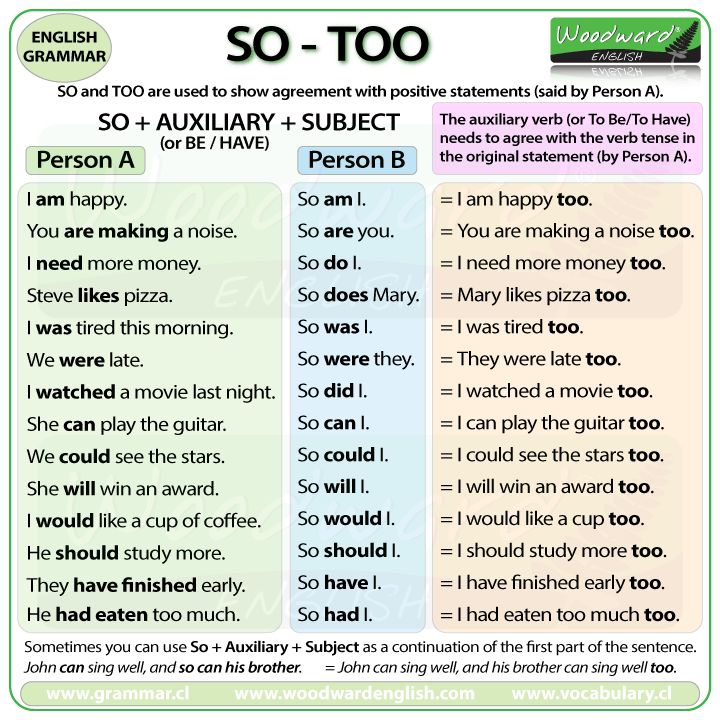 1 atm occurs with temperature fluctuations for every 8-10 degrees Celsius.
1 atm occurs with temperature fluctuations for every 8-10 degrees Celsius.
In summer, one should take into account the heating of the road surface, which affects the increase in grip and friction of coated tires. Therefore, in this case, it is important to avoid the likelihood of tire explosions and other emergencies. When inflating tires in summer, the following factors related to tire pressure should be considered: nine0003
 nine0120
nine0120 The pressure drop in winter is caused by the cooling and cooling of road surfaces. This leads to a corresponding decrease in the stability of the tires on the road while driving. From here follow the basic principles of tire inflation in winter:
Regardless of the level of professionalism in car ownership, experts recommend using a pressure gauge at least once a month and before long trips. If there are frequent temperature fluctuations in the weather in any of the seasons, the interval should be reduced to 2 weeks.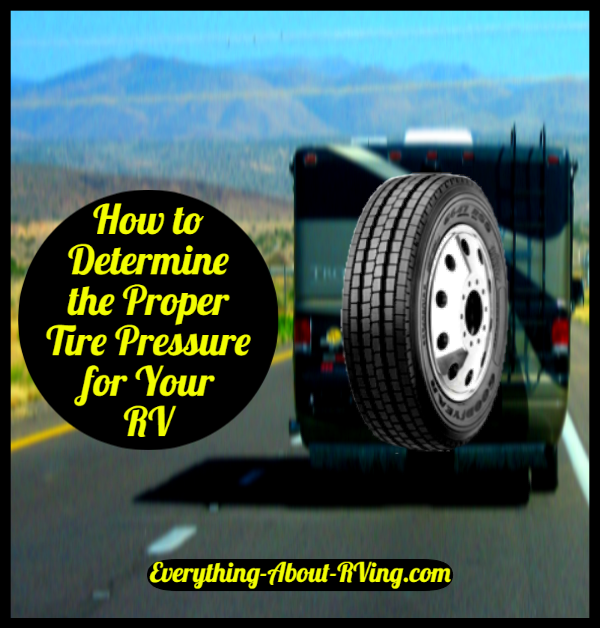
With reduced tire pressures, contact between the wheel and the road surface occurs only at the extreme points. In visual terms, sometimes it is simply impossible to determine this, but this situation leads to the following negative consequences:
When the required tire pressure is exceeded, only the central part of the wheels comes into contact with the road. This entails the following consequences: nine0003

But even more dangerous situations and consequences arise with different pressures in all 4 or at least 2 tires. Indeed, in this case, there is a roll towards a less inflated wheel. In such cases, the consumption of fuel fluid increases up to 10%. nine0003
Despite this, attention should be paid to cases in which pressure deviations in car tires by 10-12% help to help out on bumps, when passing surfaces with sand, viscous mud, and wet grass. That is, it is possible to increase the permeability. Pumping in a small range will help while moving on highways at high speeds. Sometimes a slight increase in pressure only on the rear tires allows you to carry heavy loads with the least problems. nine0003
It is important to note that factory standards today are verified data that you should definitely focus on. They undergo numerous checks and tests, and the level of competition between brands makes it necessary to improve all indicators and the testing process.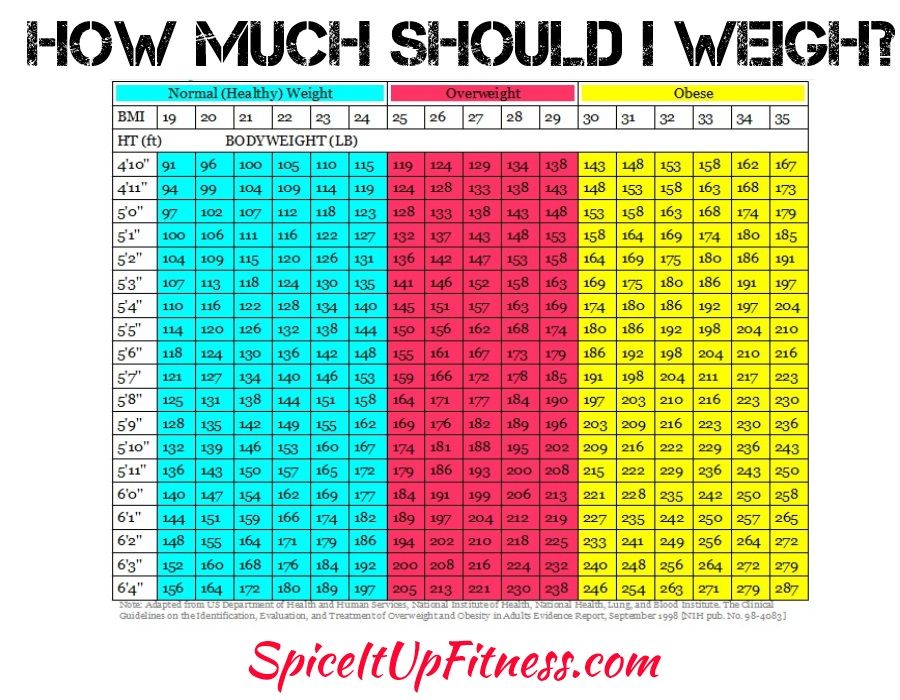 If you could not find recommendations from your car brand manufacturer, below we bring to your attention a table with the necessary data: nine0003
If you could not find recommendations from your car brand manufacturer, below we bring to your attention a table with the necessary data: nine0003
| 25 | thirty | 35 | 40 | 45 | 50 | 55 nine0212 | 60 | 65 | 70 | ||||||||||
| The size | kgf/cm2≈BAR | The size | kgf/cm2≈BAR nine0003 | The size | kgf/cm2≈BAR | The size | kgf/cm2≈BAR | The size | kgf/cm2≈BAR | nine0002 The size | kgf/cm2≈BAR | The size | kgf/cm2≈BAR | The size | kgf/cm2≈BAR | The size nine0212 | kgf/cm2≈BAR | The size | kgf/cm2≈BAR |
| 285/25-R20 | 2. | 265/30-R19 | nine0002 2.8 | 215/35-R18 | 2.8 | 195/40-R17 | 2.8 | 165/45-R15 | 2.5 | nine0251 2.4 | 155/55-R14 | 2.2 | 185/60-R14 | 2.0 | 175/65-R13 nine0212 | 1.9 | 175/70-R13 | 1.9 | |
| 295/25-R22 | 2.9 | 275/30-R19 | 2.8 nine0003 | 225/35-R18 | 2.8 | 205/40-R17 | 2.8 | 195/45-R15 | 2.6 | nineteen5/50-R15 | 2. | 165/55-R14 | 2.2 | 175/65-R14 | 2.0 | nine0212 | |||
| 285/30-R19 | 2.8 | 255/35-R18 | 2.7 | 215/40-R17 | nine0251 195/45-R16 | 2.5 | 205/50-R15 | 2.3 | 165/55-R15 | 2.1 nine0212 | |||||||||
| 245/30-R20 | 2.9 | 265/35-R18 nine0003 | 2.6 | 235/40-R17 | 2.6 | 205/45-R16 | 2. | 225/50-R15 | 2.3 nine0003 | 185/55-R15 | 2.1 | ||||||||
| 275/30-R20 nine0003 | 2.9 | 275/35-R18 | 2.5 | 245/40-R17 | 2.5 | 205/45-R17 | 2.7 nine0003 | 195/50-R16 | 2.4 | 195/55-R15 | 2.1 | nine0251 | |||||||
| 255/30-R20 | 2.9 | 215/35-R19 | 2.8 | 255/40-R17 | nine0002 2.5 | 215/45-R17 | 2. | 205/50-R16 | 2.3 | 205/55-R16 | 2.2 | nine0251 ||||||||
| 245/30-R22 | 2.9 | 225/35-R19 nine0003 | 2.8 | 215/40-R18 | 2.8 | 225/45-R17 | 2.5 | 215/50-R16 | 2.3 nine0003 | 215/55-R16 | 2.3 | ||||||||
| 265/30-R22 nine0003 | 2.9 | 235/35-R19 | 2.8 | 225/40-R18 | 2.7 | 235/45-R17 | 2. | 225/50-R16 | 2.3 | 225/55-R17 | 2.3 | nine0251 | |||||||
| 285/30-R22 | 2.9 | 245/35-R19 | 2.8 | 235/40-R18 | nine0002 2.6 | 215/45-R18 | 2.4 | 205/50-R17 | 2.4 | nine0212 | |||||||||
| 255/35-R19 | 2.8 | 245/40-R18 | nine0251 225/45-R18 | 2.4 | 215/50-R17 | 2. | nine0251 | ||||||||||||
| 265/35-R19 | 2.9 | 265/40-R18 nine0212 | 2.6 | 235/45-R18 | 2.6 | 225/50-R17 | 2.4 | nine0212 | |||||||||||
| 275/35-R19 | 2.8 | 275/40-R18 nine0003 | 2.8 | 245/45-R18 | 2.5 | 225/50-R18 | 2.5 | nine0251 | |||||||||||
| 245/35-R20 | 2. | nine0002 225/40-R19 | 2.8 | 255/45-R18 | 2.8 | 235/50-R18 | 2.5 | nine0251 | |||||||||||
| 255/35-R20 | 2.9 nine0212 | 245/40-R19 | 2.9 | 225/45-R19 | 2.8 | nine0212 | |||||||||||||
| 275/35-R20 | 2.9 | 255/40-R19 | 2.9 | 245/45-R19 | 2. | nine0251 | |||||||||||||
| 275/40-R19 | 2.9 | nine0002 295/45-R19 | 2.8 | ||||||||||||||||
| 245/40-R20 | 2.9 | 265/45-R20 | 2.8 | nine0251 ||||||||||||||||
| nine0212 | 295/40-R20 | 2. | |||||||||||||||||